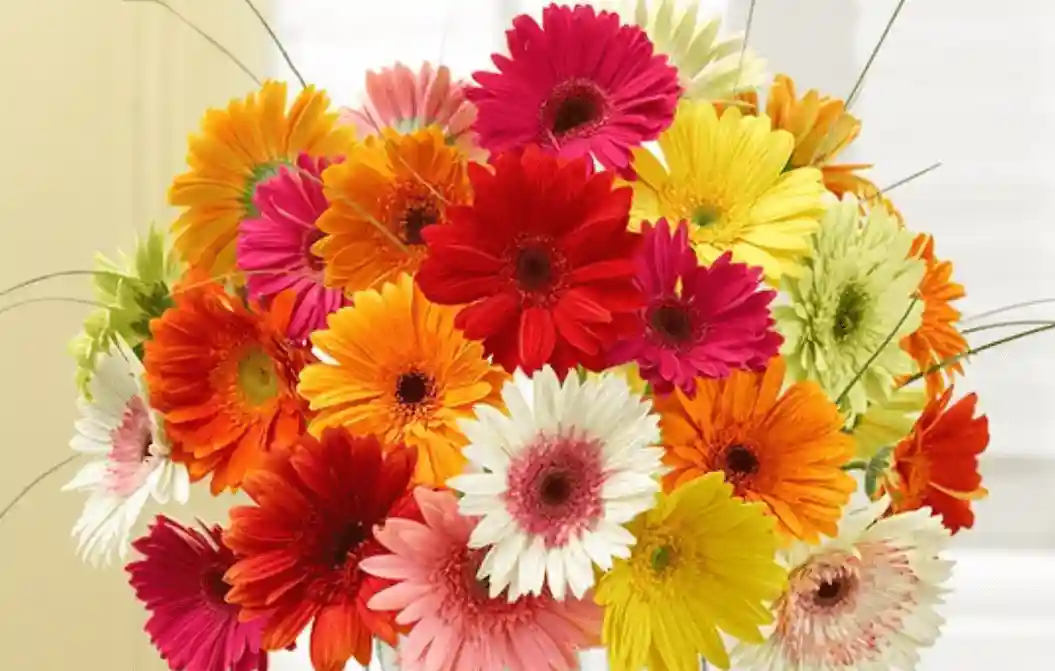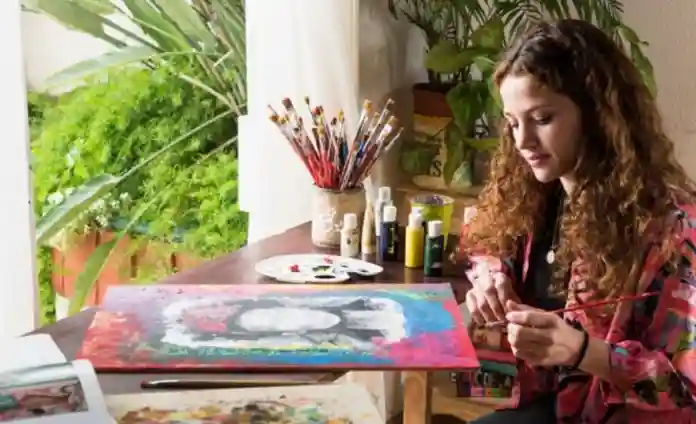Ramo de Flores: Cultural Significance of Floral Bouquets
A ramo de flores which translates to “bouquet of flowers” in English, is a timeless expression of beauty, emotion, and artistry. This carefully arranged collection of blooms has been a staple in human culture for centuries, serving various purposes from decoration to communication. In this comprehensive guide, we’ll explore the world of ramo de flores diving into its history, types, creation process, and significance in different cultures.
The History of Ramo de Flores
Ancient Origins
The tradition of creating a ramo de flores dates back to ancient civilizations:
- Ancient Egypt: Floral arrangements were used in religious ceremonies and as offerings to the gods.
- Ancient Greece and Rome: Bouquets symbolized victory and were used to crown athletes and military heroes.
- Medieval Europe: The language of flowers, or floriography, developed, giving specific meanings to different blooms.
Evolution Through Time
As societies evolved, so did the art of flower arranging:
- Renaissance: Elaborate floral displays became popular among the nobility.
- Victorian Era: The “language of flowers” reached its peak, with bouquets used to convey secret messages.
- 20th Century: Modern floral design emerged, emphasizing form, color, and artistic expression.
Types of Ramo de Flores
By Occasion
Different events call for specific types of ramo de flores:
- Wedding Bouquets: Often featuring white and pastel flowers.
- Birthday Bouquets: Typically bright and colorful.
- Sympathy Bouquets: Usually in subdued colors, featuring lilies or roses.
- Congratulatory Bouquets: Often include sunflowers or other cheerful blooms.
By Style
Floral designers create various styles of ramo de flores:
- Round Bouquet: A classic, symmetrical arrangement.
- Cascading Bouquet: Features flowers that trail downward.
- Hand-Tied Bouquet: A natural-looking arrangement tied with ribbon or twine.
- Nosegay: A small, tightly-packed circular bouquet.
- Posy: A small, round bouquet often used for bridesmaids.
By Season
Seasonal ramo de flores showcase the best blooms of each time of year:
- Spring: Tulips, daffodils, and peonies.
- Summer: Sunflowers, dahlias, and zinnias.
- Fall: Chrysanthemums, asters, and marigolds.
- Winter: Amaryllis, poinsettias, and evergreen branches.
The Art of Creating a Ramo de Flores
Essential Tools
To create a stunning ramo de flores, you’ll need:
- Floral shears
- Floral tape
- Flower food
- Vase or container
- Ribbon (optional)
Step-by-Step Process
- Select Your Flowers: Choose a variety of flowers in complementary colors and textures.
- Prepare the Stems: Remove leaves below the waterline and cut stems at a 45-degree angle.
- Create the Base: Start with larger, focal flowers as the centerpiece.
- Add Filler Flowers: Incorporate smaller blooms to add depth and texture.
- Include Greenery: Add foliage for a natural, balanced look.
- Secure the Arrangement: Use floral tape to hold the stems together.
- Finish with Ribbon: If desired, wrap the stems with decorative ribbon.
The Language of Flowers in a Ramo de Flores
Different flowers convey various meanings, allowing a ramo de flores to communicate specific sentiments:
- Roses: Love and passion (red), friendship (yellow), innocence (white)
- Lilies: Purity and rebirth
- Carnations: Admiration and love
- Orchids: Beauty and luxury
- Sunflowers: Adoration and loyalty
Cultural Significance of Ramo de Flores
In Hispanic Cultures
The concept of “ramo de flores” holds special significance in Spanish-speaking countries:
- Quinceañera: A traditional coming-of-age celebration where the young woman receives a special bouquet.
- Día de los Muertos: Flowers play a crucial role in honoring deceased loved ones.
- Religious Festivals: Many Hispanic cultures use floral arrangements in religious processions and church decorations.
In Other Cultures
The importance of floral bouquets extends worldwide:
- Japan: The art of ikebana, or flower arranging, is deeply rooted in Japanese culture.
- India: Flower garlands are used in religious ceremonies and as welcoming gestures.
- Netherlands: The Dutch flower industry is world-renowned, with tulips being a national symbol.
Ramo de Flores in Art and Literature
Famous Paintings
Many renowned artists have immortalized floral bouquets in their work:
- Vincent van Gogh’s “Sunflowers” series
- Claude Monet’s “Bouquet of Sunflowers”
- Jan Brueghel the Elder’s floral still lifes
Literary References
Ramo de flores have inspired poets and writers throughout history:
- William Wordsworth’s “I Wandered Lonely as a Cloud”
- Emily Dickinson’s flower-themed poetry
- Shakespeare’s use of floral symbolism in his plays
The Floral Industry and Ramo de Flores
Global Market
The floral industry plays a significant role in the global economy:
- Annual global floriculture trade exceeds $100 billion
- Major flower-producing countries include the Netherlands, Colombia, and Ecuador
- Online flower delivery services have revolutionized the industry
Sustainability Concerns
As awareness of environmental issues grows, the floral industry faces challenges:
- Carbon footprint of long-distance flower transportation
- Use of pesticides and fertilizers in flower production
- Efforts to promote locally-grown and sustainable flower options
DIY Ramo de Flores: Tips and Tricks
Choosing the Right Flowers
Consider these factors when selecting flowers for your bouquet:
- Season and availability
- Color scheme and theme
- Durability and vase life
- Personal preferences and symbolism
Caring for Your Ramo de Flores
To extend the life of your bouquet:
- Change the water every 2-3 days
- Trim stem ends regularly
- Remove wilted flowers promptly
- Keep the bouquet away from direct sunlight and heat sources
- Use flower food as directed
Creative Ideas for Ramo de Flores
Think outside the box with these unique bouquet concepts:
- Edible bouquets featuring herbs and flowers
- Dried flower arrangements for long-lasting beauty
- Eco-friendly bouquets using locally-sourced, seasonal blooms
- Themed bouquets based on color, fragrance, or symbolism
The Future of Ramo de Flores
Technological Advancements
The floral industry continues to evolve with new technologies:
- 3D-printed flowers for unique, customizable arrangements
- AI-powered flower recognition apps for easy identification
- Virtual reality experiences allowing customers to design bouquets remotely
Emerging Trends
Keep an eye out for these growing trends in the world of ramo de flores:
- Sustainable and biodegradable packaging
- Incorporation of succulents and air plants in bouquets
- Minimalist, monochromatic arrangements
- Wildflower and “natural” looking bouquets
Conclusion
A ramo de flores is more than just a bouquet; it’s a form of art, communication, and cultural expression. Whether you’re crafting, giving, or receiving one, each bouquet tells a unique story, reflecting its rich history and ongoing significance. Embracing the beauty and symbolism of floral arrangements can bring joy and a deeper connection to this timeless tradition.







